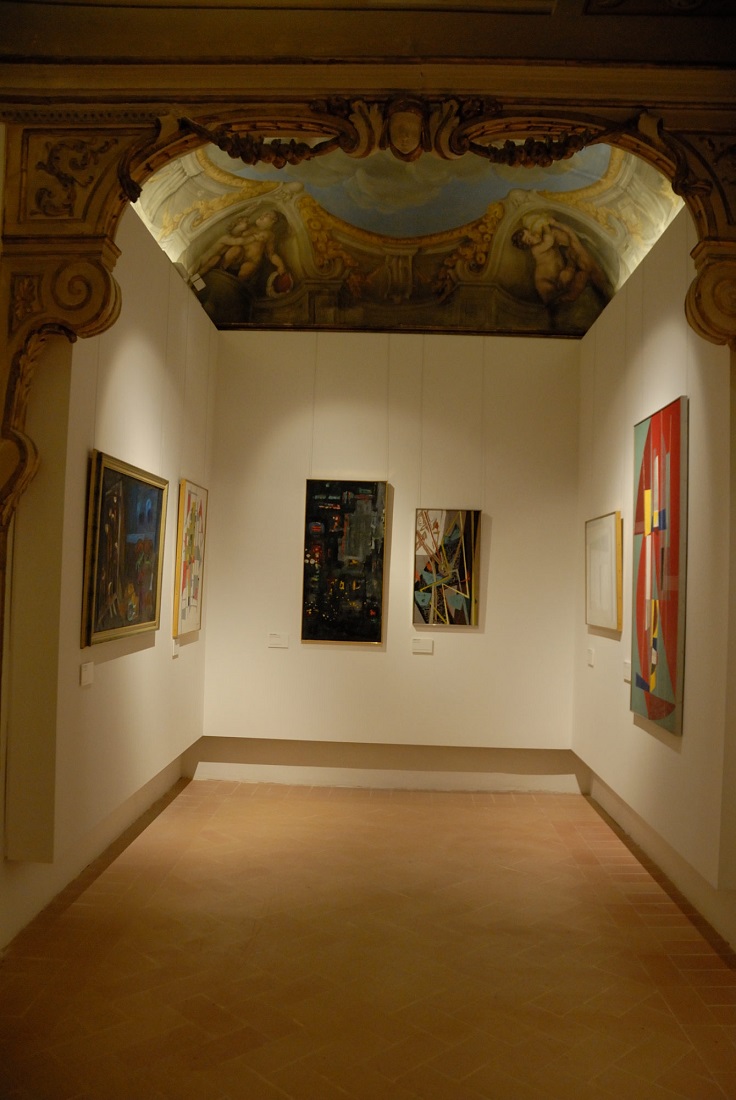The Origins of Macerata

27 July 2016 - Karina Mamalygo
It seems that Macerata is descended from Recina Helvia, a Roman site from the III-II Century BC. Before this there were other tribes who founded the first inhabited areas of the city. The first settlers in Macerata were the Piceni, an Italic tribe who would later be assimilated by Rome. Later, on the Marche hills that spring almost from the shores of the Adriatic, the Romans arrived and they gave the region its laws and place names.
As they had done in the past and would continue to do so in the future, the Romans built important roads. A lesser known road was the Via Salaria Gallica, which joined two of the most important streets of the town, the Via Flaminia and the Via Salaria. The Via Salaria Gallica was traced to a distance of about 30 kilometres from the sea, one of the small villages it united was Helvia Recina. The Temple of Venus Erycina became the centre of religious life.
The first historical mention of the town was by Pliny the Elder in the first century AD.
The ruins of the Roman theatre, which could hold up to 2,000 spectators, the remains of the bridge over the river Potenza, the fragments of the mosaic floors of the villas of wealthy Roman citizens, are all evidence of the wealth of this ancient city. Bishop Flavian was the Christian martyr in Helvia Recina In the third century. In the fifth century, towards the end of the Gothic wars, the city was destroyed and the inhabitants moved more inland, to the south-east. On the hills they founded a new town that later got the name of Macerata.
The new village name may derive from the Italian verb”macerare”, to mill, to probably due to the fact that the inhabitants milled flax and hemp to make textiles. For the first time Castrum Maceratae is remembered in the “Ottonis II Diploma” codex, Which placed Macerata, together with another village, Podium Sancti Juliani, under the power of the Benedictine monks. Later the villages went to the Lord Bishop of Fermo. Only in 1116 and in 1138 Poggio San Giuliano and Macerata were proclaimed independent municipalities.
Macerata took part in the struggles between the Guelphs and Ghibellines, siding sometimes with one and then the other, but it finally chose to join the State of the Church. In the following centuries until 1860, city life was closely linked to that of the Papal State which it only excluded for short periods. It actively participated in the political and social life of the Marches Catholic Church.

















